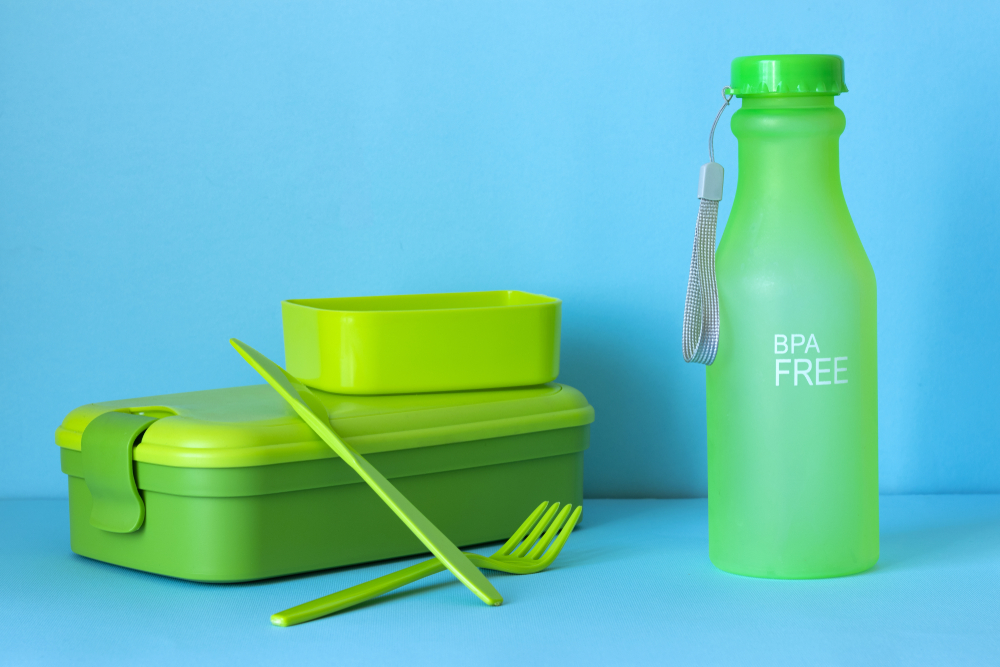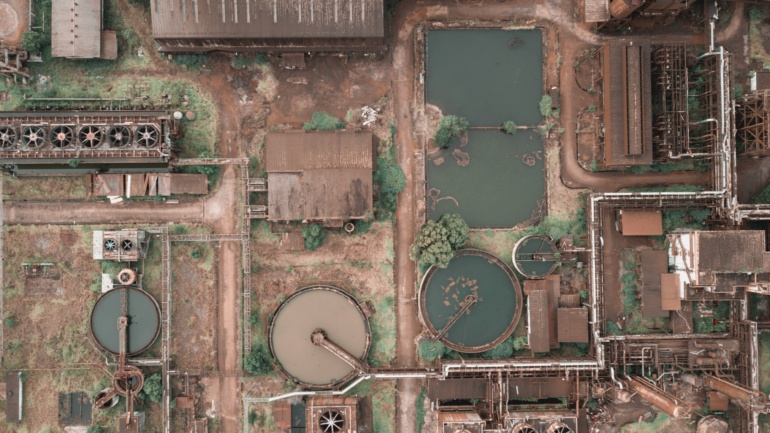By Michelle Tinkham, Staff Writer for Save The Water™ | July 12, 2014
There have been many news reports, lately, regarding the health risks of leaving plastic water bottles in the heat and later consuming the water. That risk can be linked to the chemical bisphenol A (BPA). BPA, the chemical used to harden plastic, is not a new compound. It was first created in 1891 and then became used as a synthetic estrogen in the 1930s 1. Later during World War I, it was discovered that it could be combined with phosgene and used to produce clear, polycarbonate plastic, which is used in shatter-resistant headlights and baby bottles. But what started as a safe invention of necessity also had risks 1. This is because not all BPA gets locked into chemical bonds and residual BPA can be released, especially when the plastic is heated 1.
There have been many recent studies in rats that have linked BPA to an ever-growing list of health problems, such as cancer, reproductive problems, obesity and attention-deficit hyperactivity disorder. Although studies in human subjects are still on-going, in 2004 a study by the Centers for Disease Control and Prevention found unmetabolized BPA in the urine of 93% of more than their 2,500 human subjects. BPA has also been detected in human blood and humanbreast milk by other organizations 1.
Based on the animal studies, many researchers are drawing conclusions regarding possible effects to humans. For instance, there is concern that BPA could theoretically act like a hormone in the body, disrupting normal hormone levels and development 2. Also, some studies have found that adults with the highest levels of BPA in their bodies seem to have a higher incidence of heart problems, but this link has not been proven 2. There is also research suggesting that possible effects from BPA could be most pronounced in infants and young children, since their systems are still too immature to be efficient at eliminating toxins properly 2.
At this time, the government has put no restrictions on the use of BPA, although many manufacturers have started limiting what type of items use this chemical, particularly for children’s products. In the meantime, there are things consumers can do to limit their exposure:
• Use non-plastic containers, such as glass
• Buy BPA-free products
• Avoid heating plastic products
• Don’t leave plastic water bottles in the car
• Throw out damaged plastic products
• Avoid recycled plastics for foods that have code 3 or 7 on the bottom 3
Reference
Hinterthue, A. (2008). Just How Harmful Are Bisphenol A Plastics? Scientific America. 1, 2014 from https://www.scientificamerican.com/article/just-how-harmful-are-bisphenol-a-plastics/
Public Health Focus. (2013). Bisphenol A (BPA): Use in Food Contact Application. Retrieved May 1, 2014 from https://www.fda.gov/food/food-additives-petitions/bisphenol-bpa-use-food-contact-application
WebMD. (Empen, K. reviewer). (2013). health-e head2toe: How Environmental Exposure May Affect Your Child. Retrieved May 1, 2014 https://www.webmd.com/children/bpa





